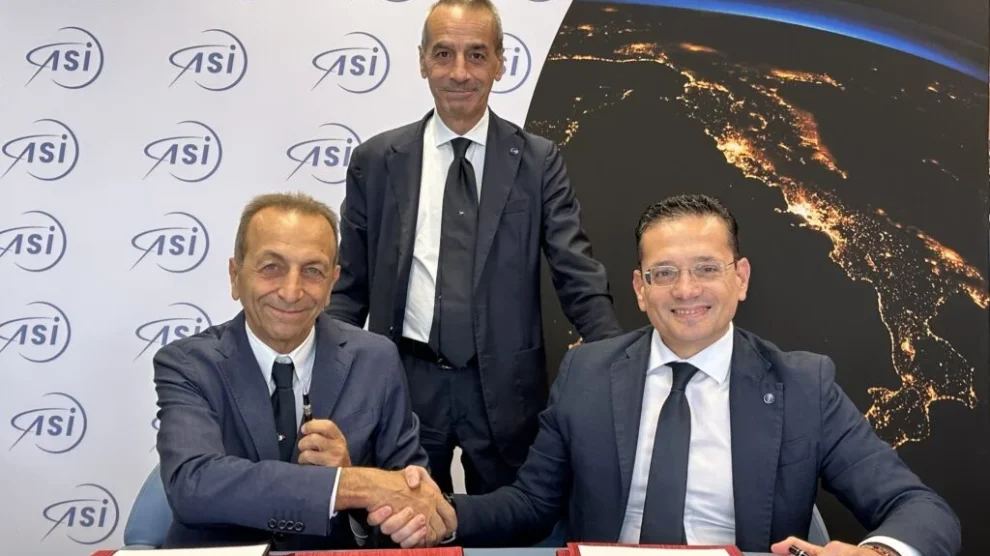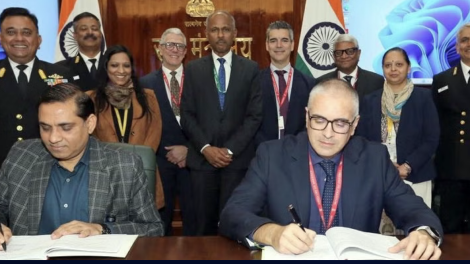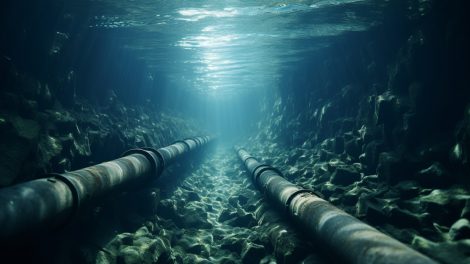Decoding the news. With the MPH module (Multi-Purpose Habitat), Italy will deliver the first real surface habitat for sustained astronaut presence on the Moon — a mobile, pressurised unit designed to support scientific research and human exploration in extreme environments.
- “This is the result of a clear political vision: establishing Italy as a space power,” Urso said.
What’s on the table? On July 25, Thales Alenia Space — a joint venture between Thales and Leonardo — signed a contract with the Italian Space Agency (ASI) to initiate the preliminary design phase of MPH, under the bilateral cooperation between NASA and ASI within the Artemis program.
- The agreement includes early development of enabling technologies and the concept study of the lunar hardware. Launch is currently scheduled for 2033 from NASA’s Kennedy Space Center.
- MPH is expected to operate for at least ten years and support both crewed and uncrewed missions. It will serve as a permanent lunar base, offering safe shelter for astronauts, enabling scientific experiments, and providing mobility across the lunar surface.
Fly me to the Moon. The module represents Italy’s first direct contribution to the surface architecture of Artemis and NASA’s broader Moon to Mars strategy. It builds on decades of transatlantic cooperation and positions Italy as a key player in future human missions beyond Earth.
- ASI President Teodoro Valente: “MPH reflects our international leadership in space habitability and confirms Italy’s long-term vision in the new space race.”
- The announcement also comes just days after the Italian Parliament passed the country’s first national Space Law, underscoring growing institutional support for the sector.
Industry lead. Thales Alenia Space Italia will act as prime contractor during the two-year design phase, working with ALTEC — a Turin-based aerospace centre co-owned by ASI and Thales Alenia Space — and other Italian industrial partners.
- Core technology development will focus on adapting systems to harsh lunar conditions: temperature extremes, radiation, micrometeorites, lunar dust, and low gravity.
- “We are proud to lead the design of Italy’s first human outpost on the Moon,” said Giampiero Di Paolo, CEO of Thales Alenia Space Italia.
(Photo: ASI, the today’s signature moment)





